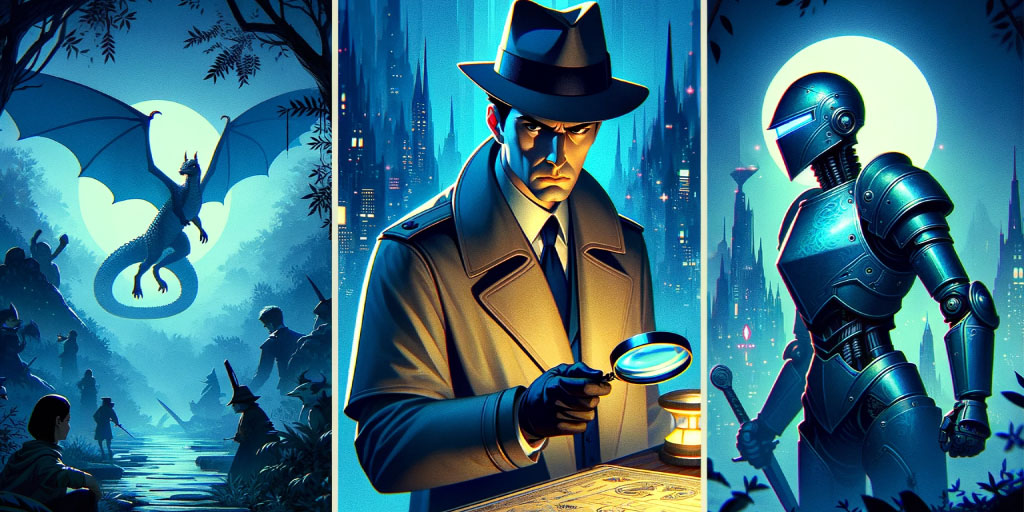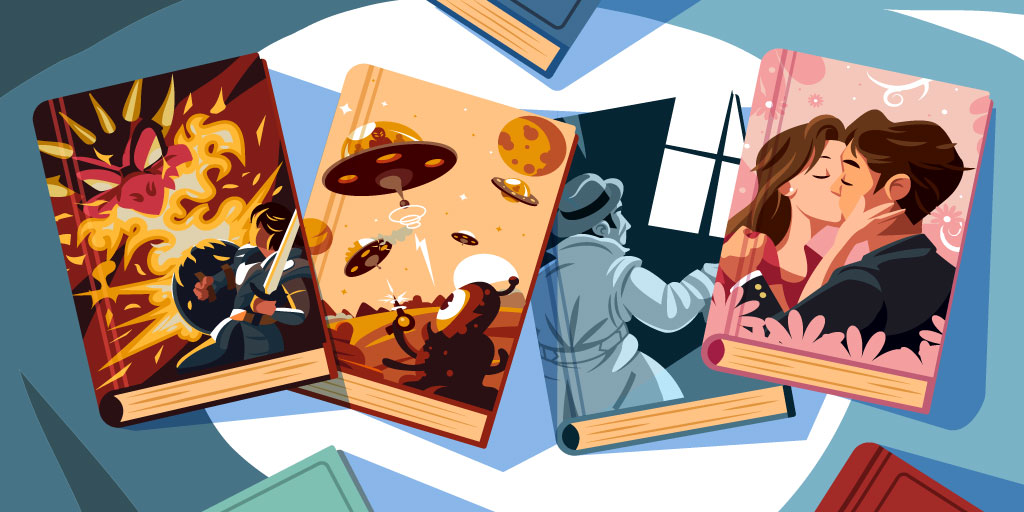Genres are crucial to your writing success. They inform word count, writing style, and content. From a marketing point of view, they help you create a profitable niche and build a specialized brand that is instantly recognizable.
In addition, readers are more likely to enjoy a book that is written in their favorite genre. Also, they won’t hesitate to leave a negative review if a book fails to meet their expectations. With well over 12 million Kindle books on Amazon in 2022, writers ignoring genres risk lower sales and unsatisfied readers.
This guide gives you an overview of the 36 most popular book fiction and nonfiction genres out there.
List of Fiction Genres
List of Nonfiction Genres
Fiction Genres
Fiction writing has become very popular over the years. In fact, the first half of 2021 saw a 25% increase in fiction books sold in comparison to Q1 and Q2 of 2020.
Fiction is a genre of literature where the author creates imaginary characters, worlds, and events. This means that the storyline is completely fictional, unlike nonfiction stories, which tell real-life experiences.
Literary Genre Quiz (Easy)

Fantasy
Fantasy fiction is a genre of literature that involves magic, mythical creatures, and fantastical settings. It is not uncommon for these stories to have supernatural elements and characters who live in imaginary worlds.
Some common tropes include dragons, elves, fairies, wizards, vampires, werewolves, ghosts, demons, angels, and talking animals. Fantasy stories may also involve time travel, alternate universes, parallel dimensions, and other mystical concepts.
The genre was born out of medieval tales such as Beowulf and King Arthur legends and often revolve around the struggle between good and evil.
Today, fantasy books like Harry Potter by J.K. Rowling, Chronicles of Narnia by C.S. Lewis, and Lord of the Rings by J.R.R. Tolkien are read by millions around the globe.
While fantasy has dozens of subgenres, there are two main types of fantasy fiction: epic fantasy and high fantasy.
- Epic fantasy focuses on the adventures of ordinary people who fight monsters and save kingdoms.
- High fantasy features heroes who wield magical weapons and travel through fantastic lands.
Average word count: While fantasy works often span dozens of volumes and millions of words, their average word count ranges between 60,000 and 200,000+ depending on the genre.
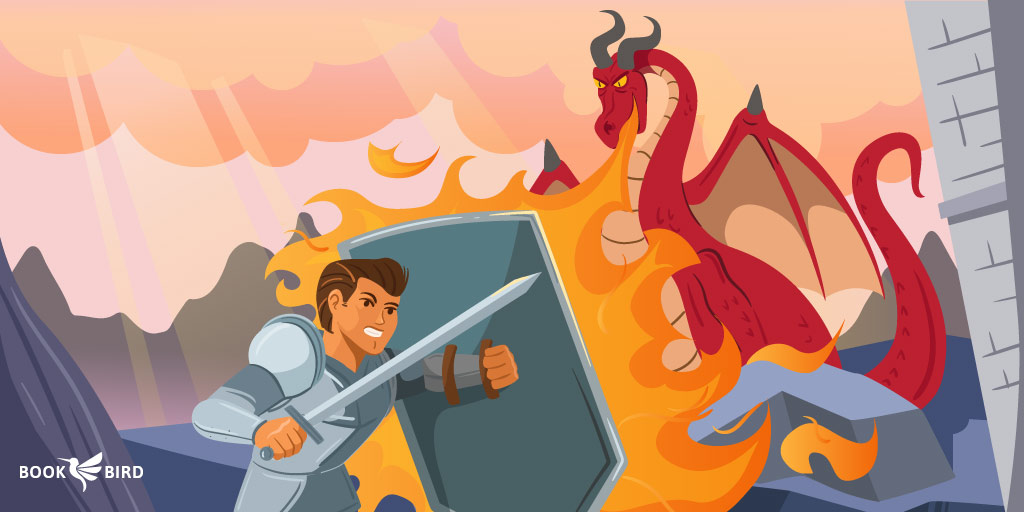
Science Fiction
Science fiction is a genre of speculative fiction that deals with scientific ideas and principles. Science fiction stories often use futuristic settings and technologies. In a sci-fi setting, scientific advancement has typically advanced beyond our current understanding.
Many science fiction stories deal with space exploration, colonization, artificial intelligence, genetic engineering, and extraterrestrial life. Other topics include time travel, robots, teleportation, and faster-than-light travel.
The term was originally coined in 1933 by Isaac Asimov, who defined science fiction as stories that take place in a future setting that includes elements of science and technology. In his book, he also mentioned three other categories of science fiction: fantasy, horror, and utopian/dystopian.
Science fiction is considered by some to be a subgenre of speculative fiction. Nowadays, however, it has become a genre of its own. From movies such as Star Wars to TV shows like The Expanse and Star Trek, sci-fi has taken over our lives. Some more examples of science fiction include 2001: A Space Odyssey by Arthur C. Clarke, Do Androids Dream of Electric Sheep? by Philip K. Dick, and Interstellar by Christopher Nolan.
Average word count: Science fiction works typically have between 60,000 and 90,000 words.
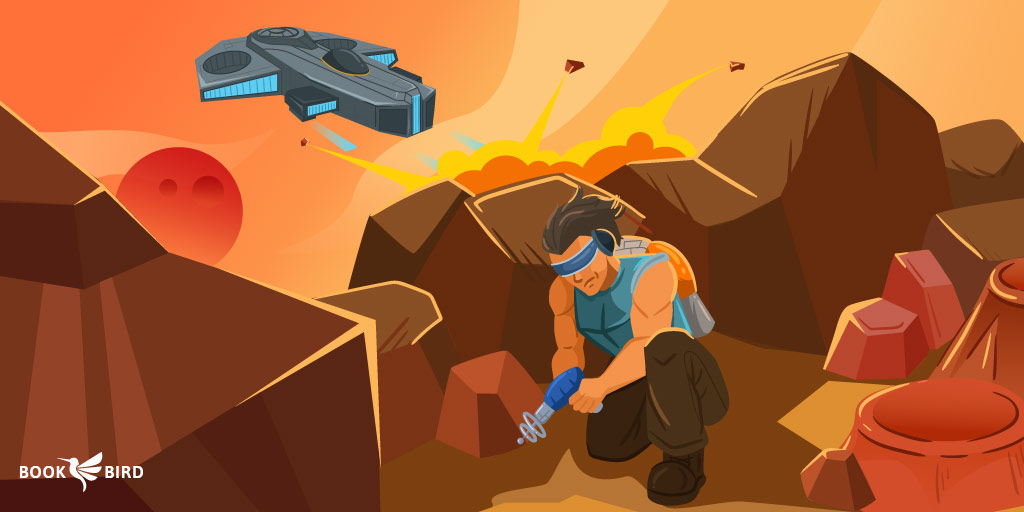
Dystopian
A dystopia is a society where basic human rights are denied and freedom is limited. In dystopian literature, the main character often faces oppression from the government, corporations, or other groups. Themes include totalitarianism, environmental destruction, poverty, war, and genocide.
There are several types of dystopian fiction, from sci-fi dystopia to dystopic satire. Some examples of dystopian works include Brave New World by Aldous Huxley, 1984 by George Orwell, and Fahrenheit 451 by Ray Bradbury. These books offer readers a glimpse into what life might be like under adverse conditions.
Average word count: Dystopian books have between 60,000 and 110,000 words on average.
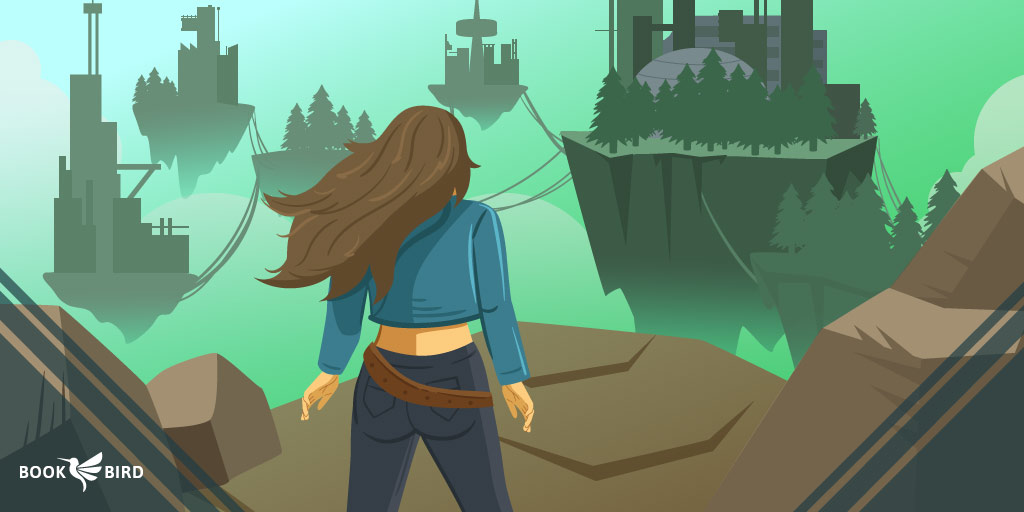
Action & Adventure
Action & adventure stories are often considered to be the most exciting genre of literature. They feature heroes who fight against evil forces or face dangerous situations. The setting usually takes place in exotic locations such as jungles, deserts, mountains, etc.
Action & adventure novels are typically known for their thrilling plots, action scenes, and gripping characters. They also tend to focus on themes such as friendship, loyalty, courage, honor, justice, love, and redemption.
There are two main categories of action & adventure books: those that focus on the hero (the protagonist) and those that focus on the villain. In both cases, the story revolves around the conflict between good and evil.
Examples include The Hunger Games by Suzanne Collins, The Da Vinci Code by Dan Brown, and Stormbreaker by Anthony Horowitz.
Average word count: Adventure books are brimming with words, as the average word count hovers between 120,000 and 200,000 words.
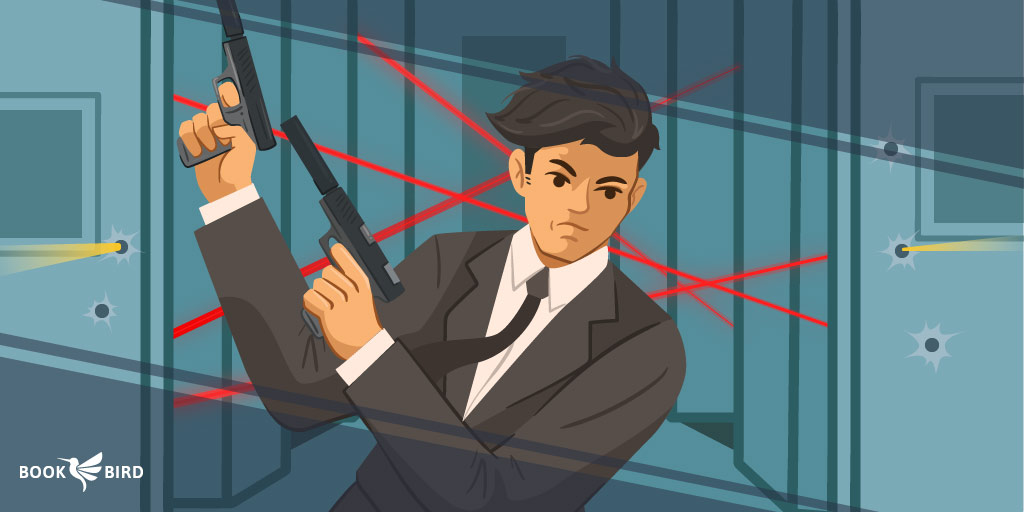
Romance
Romance novels are often considered to be a genre of literature that focuses on love stories between two characters. In many cases, books are written from a female perspective and tend to focus on the emotional aspects of relationships. A typical plot discusses the choice the protagonist must make between a “bad boy” (or girl) and a “good” one.
The term ‘romance’ was coined in 1813 by Sir Walter Scott, who wrote his novel Ivanhoe under the pseudonym of William Harrison Ainsworth. Since then, the word has become synonymous with love stories.
There are three main types of romance novels: historical romances, contemporary romances, and paranormal romances.
- Historical romance novels typically take place during the Victorian era or earlier periods, such as the Elizabethan era.
- Contemporary romance novels feature modern settings and storylines.
- Paranormal romance novels are set in fantasy worlds where magic plays a major role.
Another common romance subgenre, popularized in movies, is romantic comedy, where romance includes comedic elements.
Famous romances include Pride and Prejudice by Jane Austen, Jane Eyre by Charlotte Brontë, and Bridget Jones’ Diary by Helen Fielding.
Average word count: Romance books tend to have between 70,000 and 100,000 words.
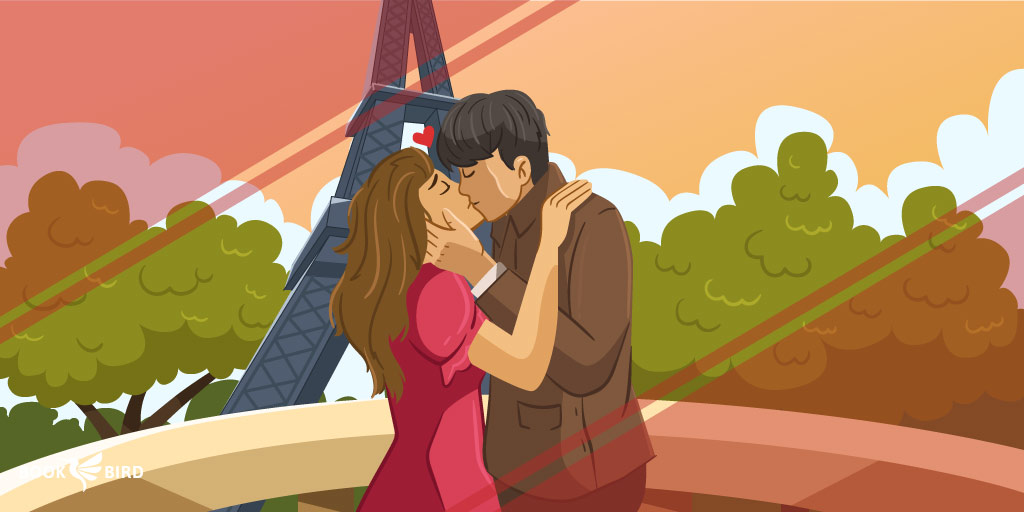
Mystery
Mystery fiction is often described as a literary subgenre that combines elements of crime and detective fiction. Some examples include Sherlock Holmes, Agatha Christie, and Dan Brown.
There are two main types of mystery fiction: whodunnit and whydunnit.
- Whodunnits are mysteries where the reader wants to discover who committed the crime. The perpetrator’s identity remains unknown until the story ends. The protagonist is often presented with clues throughout the narrative that allow them to solve the mystery.
- Whydunnits are mysteries where we may know the killer from the start and readers want to figure out why someone committed the crime. This has been the traditional style of mystery writing in China, where books often start with a description of the crime and who committed it. The rest of the book describes the efforts of the hero to catch them and reads like a game of chess between the two main characters—protagonist and antagonist.
There are several additional subgenres within mystery fiction, such as thriller, suspense, psychological, historical, etc.
Mystery fiction has existed since ancient times. In Greek mythology, Oedipus was trying to solve the riddle of his parentage. In more contemporary times, Sherlock Holmes solved crimes using logic and deduction.
Average word count: Most mystery books contain 60,000 to 90,000 words.
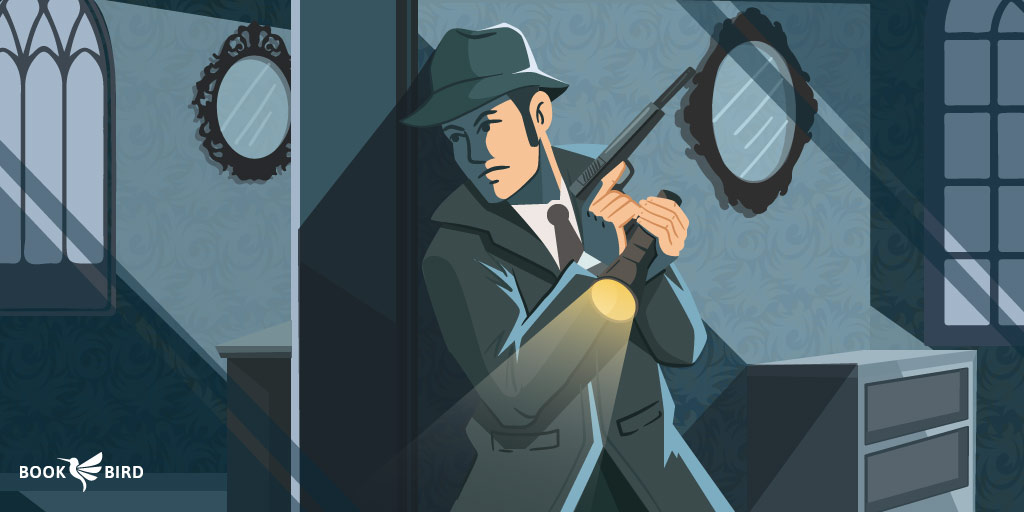
Horror
Horror fiction is defined as fictional narratives that contain themes of terror, fear, and dread. It often involves supernatural elements or horrific events such as murder, torture, cannibalism, etc. Stories typically revolve around characters who face threats that they cannot overcome alone.
Horror fiction has existed for centuries. The genre was born from the Gothic novel movement in 18th-century England. In modern times, it was revived during the 19th century, especially after Edgar Allan Poe wrote his famous short story, The Tell-Tale Heart.
In modern times, horror fiction has become a major part of our culture. From books to movies, television shows to video games, horror fiction is everywhere and it is widely read and appreciated around the globe.
Examples include The Omen by David Seltzer, The Exorcist by William Peter Blatty, and Stephen King’s and H.P. Lovecraft’s works.
Average word count: Horror books typically have from 60,000 to 90,000 words.
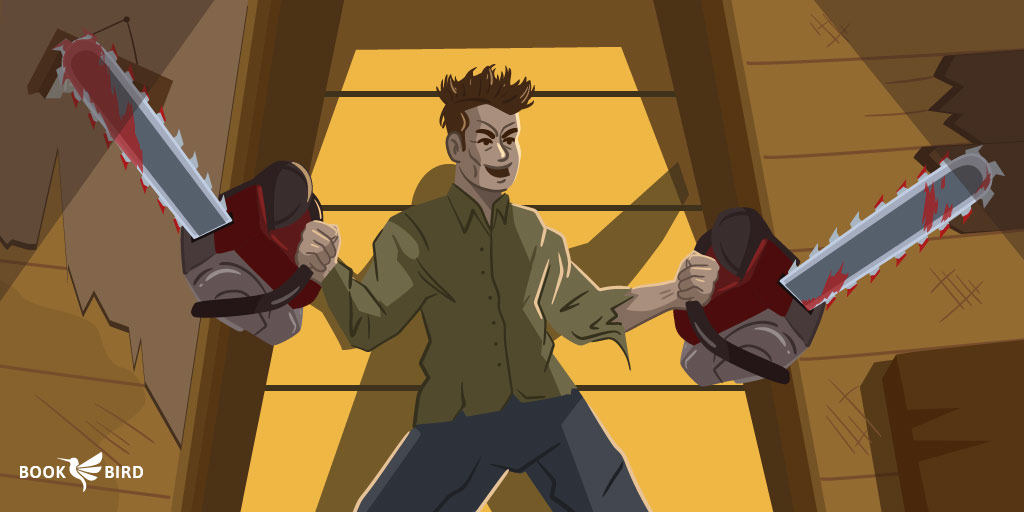
Thriller
Thriller fiction is a genre of crime fiction that focuses on suspense and psychological thrillers. Thrillers often feature complex plots and characters who are psychologically damaged or mentally unstable. Themes include murder, kidnapping, revenge, espionage, terrorism, and other crimes.
Thriller novels have become extremely popular over the years. James Patterson’s Alex Cross series, John Grisham’s The Firm, and Robert Ludlum’s The Bourne Identity are some famous examples.
Average word count: Thriller books contain 60,000 to 100,000 words on average.
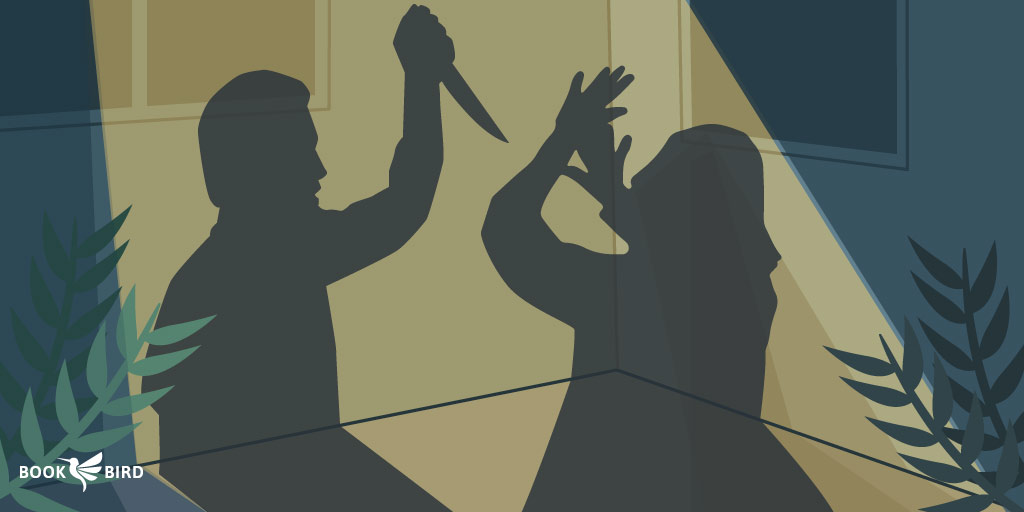
Paranormal
Paranormal fiction is a genre of literature that deals with supernatural themes such as ghosts, demons, vampires, and other creatures from folklore or mythology. The term was coined in the early 20th century and has since grown into its own subgenre within the horror and fantasy genres.
Paranormal fiction is a relatively new literary form. In recent years, authors have begun writing stories that feature characters who interact with supernatural beings. These stories often include elements of science fiction and fantasy.
There are several types of paranormal fiction. Some focus on the supernatural, while others explore our inner demons. Regardless of their subject matter, these books are usually classified under the umbrella of horror, fantasy, sci-fi, and mystery.
Some famous examples include Neil Geiman’s The Graveyard Book, Stephen King’s The Shining, and Anne Rice’s Interview with the Vampire.
Average word count: There are 60,000 to 90,000 words in an average paranormal book.
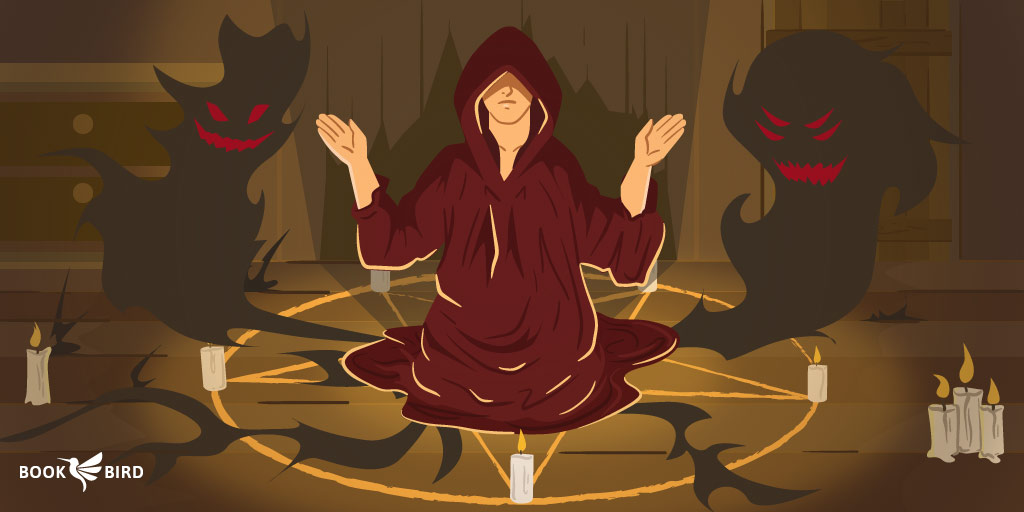
Western
Western fiction is a genre of writing that originated in Europe during the 18th century. The term was coined by French literary critic Edmond de Goncourt who defined it as “the literature of the West” and originally referred to stories that take place in the West (i.e., North America, Australia, New Zealand, etc.). Today, Western Fiction has become a major part of our culture and stories tend to focus on events that happened in the United States from the 18th to the early 20th centuries.
Western fiction is often considered to be a subgenre of historical fiction, although some authors prefer to call themselves “historical novelists” instead. Regardless of its name, the main characteristic of these types of books is their setting—think Shane by Jack Schaefer, The Brave Cowboy by Edward Abbey, and Butcher’s Crossing by John Williams.
Typical Western works encompass a wide range of genres such as poetry, drama, short story, novel, essays, etc. These books often deal with themes such as love, war, and history.
Average word count: The average length of Western fiction is 50,000 to 80,000 words.

Literary Fiction
Literary fiction is a type of fiction that focuses on character development and narrative structure rather than plot.
The term was coined by critic Harold Bloom in his book The Western Canon (1994). He defined it as “A novel written in English from 1500 to 1800 whose author takes seriously the project of representing human life as it might be lived.”
Nowadays, literary fiction is distinguished from other types of fiction by its focus on character and story.
Classical literary fiction examples include The Great Gatsby by F. Scott Fitzgerald, The Grapes of Wrath by John Steinbeck, and To Kill a Mockingbird by Harper Lee.
On average, literary fiction works are between 80,000 and 120,000 words long.
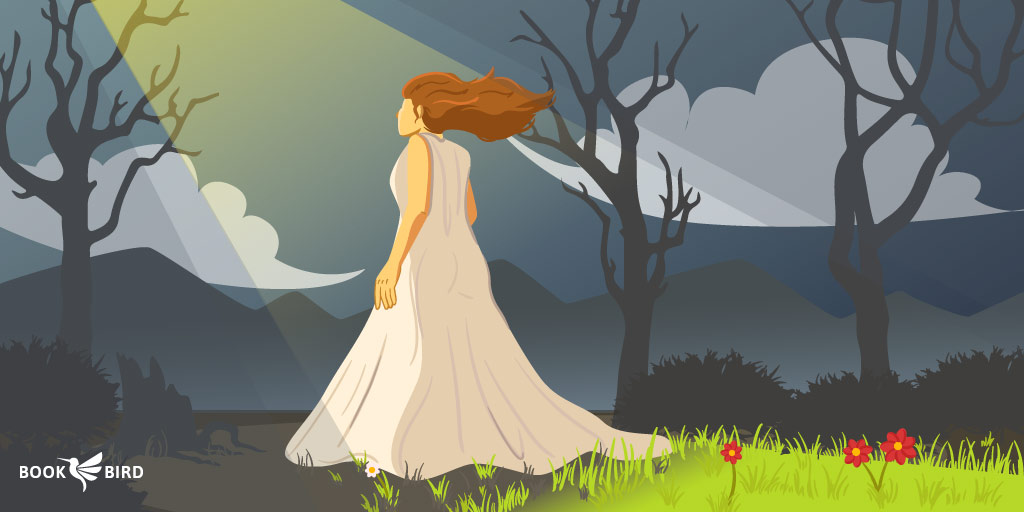
Historical Fiction
Historical fiction is a genre of literature where historical events or characters are fictionalized. This type of writing allows readers to experience history through a new lens.
The story takes place during real-time periods, but the author makes changes to the facts. For example, the main character might be someone who was never born in the time period they live in. Or the setting might be changed from modern times to another era.
Historical fiction has existed since ancient times, with some historians including in the genre Homer’s Iliad and Odyssey. There are also examples of historical fiction in medieval texts such as Beowulf and Sir Gawain and the Green Knight.
Today, historical fiction is often considered a subgenre of fantasy and science fiction. Some authors even combine these genres together.
Modern examples include The Name of the Rose by Umberto Eco, Pachinko by Min Jin Lee, and Pillars of the Earth by Ken Follett.
Average word count: Historical fiction books contain on average 60,000 to 90,000 words.
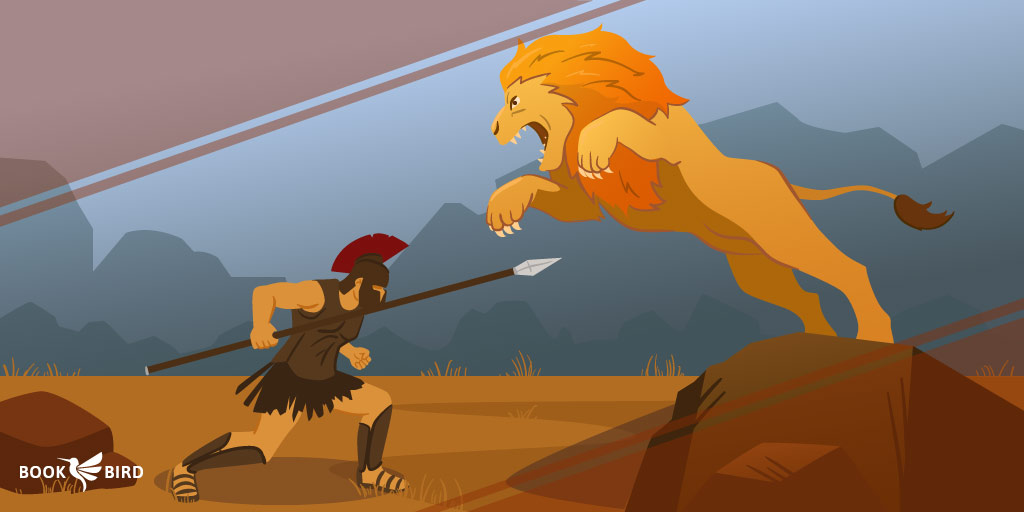
Contemporary Fiction
The term contemporary fiction was coined by critic Harold Bloom in his book The Western Canon (1994). It is defined as stories written after World War II. The genre was born out of the post-war era, where writers had to deal with the aftermath of war and the challenges of rebuilding society.
Contemporary fiction is often described as being realistic, gritty, and dark. This type of writing tends to focus on issues such as poverty, racism, war, and violence in a way that is particularly relevant to modern readers since it takes place in everyday, familiar settings.
It’s important to note that contemporary fiction isn’t always realistic. In fact, some authors deliberately write their books in a way that makes them seem unrealistic. This allows readers to experience something new and exciting without being overwhelmed by reality.
Some examples of contemporary fiction include Angels & Demons by Dan Brown, In Cold Blood by Truman Capote, and Midnight in the Garden of Good and Evil by John Berendt.
Average word count: There are between 60,000 and 90,000 words in a contemporary fiction book.

Magic Realism
Magic realism is a literary genre that combines elements of fantasy and reality. The term was coined by Argentine writer Gabriel Garcia Marquez in his novel One Hundred Years of Solitude.
Magic realism is a style of fiction where fantastic or supernatural events occur within realistic settings. This type of writing has become very popular over the last decade, especially in Latin America.
This form of literature often features fantastical characters who live in a real setting. For example, they might be able to fly, see into the future, or travel through time. Magical realism also uses surreal imagery and symbolism to convey its messages.
Notable examples include The House of the Spirits by Isabel Allende and Midnight’s Children by Salman Rushdie.
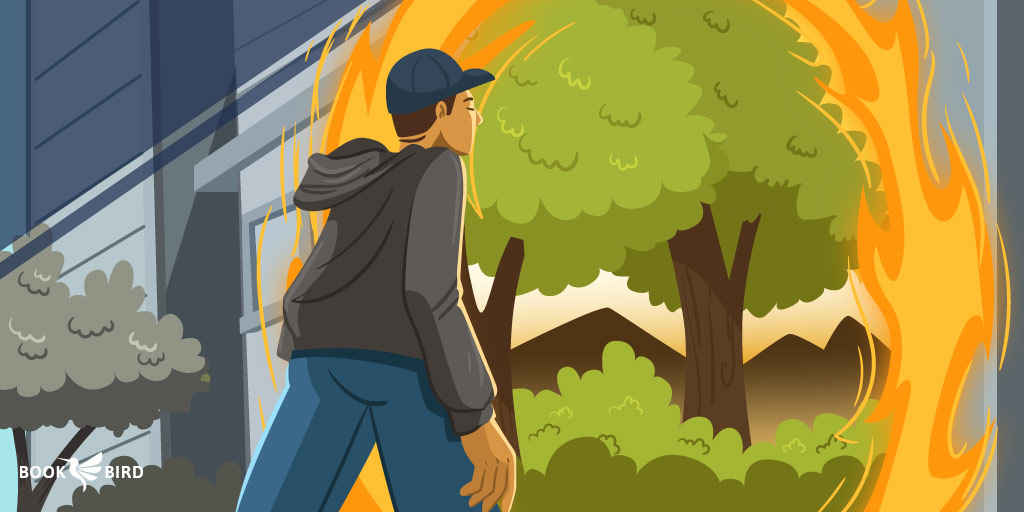
LGBTQ+
LGBTQ+ stands for lesbian, gay, bisexual, transgender, and queer. This term was coined in 1969 to describe those who identify themselves as LGBTQ+. The acronym has since evolved into a broader term that encompasses sexual orientation and gender identity. In recent years, the term has also come to include other identities such as pansexual, polyamorous, asexual, demisexual, intersex, non-binary, and two-spirit.
LGBTQ+ fiction explores themes related to human sexuality. Some examples include stories about same-sex relationships, homosexuality, and bisexuality. There are several types of fiction, including romance novels, erotica, and science fiction.
Some examples include Aristotle and Dante Discover the Secrets of the Universe by Benjamin Alire Saenz, The Fever King by Victoria Lee, and Giovanni’s Room by James Baldwin.
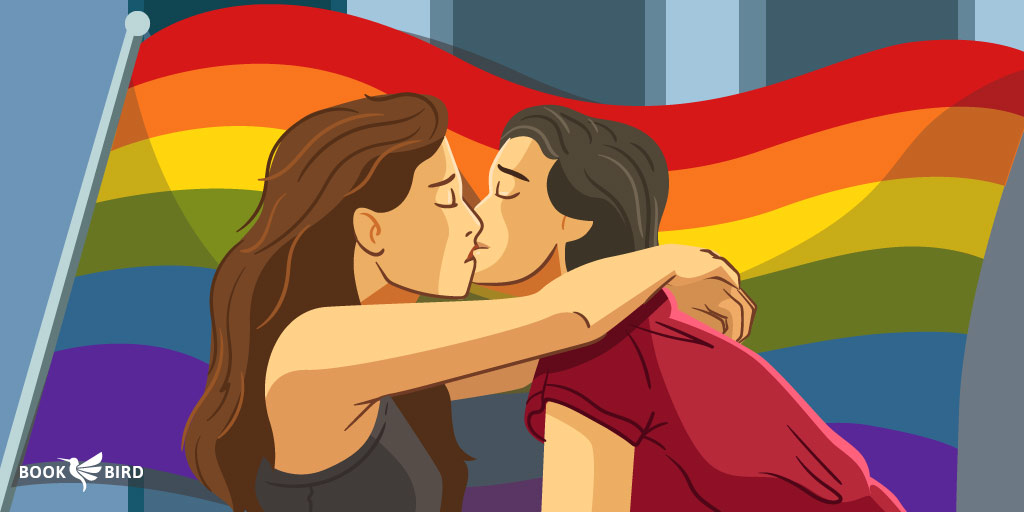
Graphic Novel
Graphic novels are books that combine text and illustrations. They are often considered to be a hybrid between comics and literature. Graphic novels are usually longer than other types of books and they tend to focus on storytelling rather than plot development.
They are also known as comic strips or comic books. The term graphic novel was coined in the 1970s. In the 1980s, graphic novels became very popular because of their ability to tell stories using pictures instead of words alone.
There are two main categories of graphic novels: sequential art (comics) and non-sequential art (graphic novels). Sequential art is a form of visual narrative where each page tells a story. Non-sequential art is a collection of images that don’t necessarily follow a linear storyline.
Maus by Art Spiegelman, Persepolis by Marjane Satrapi, and Watchmen by Alan Moore and Dave Gibbons are excellent examples of graphic novels.
Average page count: Graphic novels can vary widely in length, ranging from 50 to 500 pages.

Short Story
Short stories are often thought of as children’s literature, but they are also very popular in adult fiction. They are usually written in prose and focus on character development rather than plot twists or action sequences.
Short stories are generally shorter than novels, and they tend to feature characters who are less complex than those found in longer narratives. Themes include love, friendship, family relationships, and other human emotions.
There are two types of short stories: the short story and the novella.
The short story focuses on a single event. It has fewer pages (usually between 100 and 300) and can be anywhere from 1,000 to 10,000 words long. Famous short stories include The Legend of Sleepy Hollow by Washington Irving and the short stories of Philip K. Dick.
The novella is longer (between 400 and 800 pages), and its main theme is usually broader than that of the short story. Examples include Metamorphosis by Franz Kafka, Animal Farm by George Orwell, and Heart of Darkness by Joseph Conrad.

Young Adult
YALIT (YA Literature) is a term coined by the American Library Association to describe books written specifically for young adults. The term was coined in the early 1980s, although YA books had existed since the 19th century.
The genre covers a wide range of topics from romance to science fiction. It is aimed at readers between the ages of 12 and 18 years old. YA fiction is often described as being similar to literary fiction, but with a younger audience. This means that the stories tend to focus on themes such as love, friendship, family, and relationships, and are character-driven rather than plot-driven.
The Hunger Games by Suzanne Collins, Lord of the Flies by William Goldin, and The Catcher in the Rye by J. D. Salinger are some famous examples of Young Adult fiction.
Average word count: Young adult works are between 50,000-80,000 words long, depending on the subgenre.

New Adult
New adult fiction is a genre of young adult literature that focuses on characters who are 18 years old or older. The books often feature themes such as love, relationships, and career choices.
This type of fiction was originally written for adults, but now it’s being published for teens and young adults too. They are popular with all ages because they offer a fresh perspective on life and romance., as well as a sense of empowerment and independence.
Examples include The Mistake by Elle Kennedy, Heart Bones by Colleen Hoover, and Beautiful Disaster by Jamie McGuire.
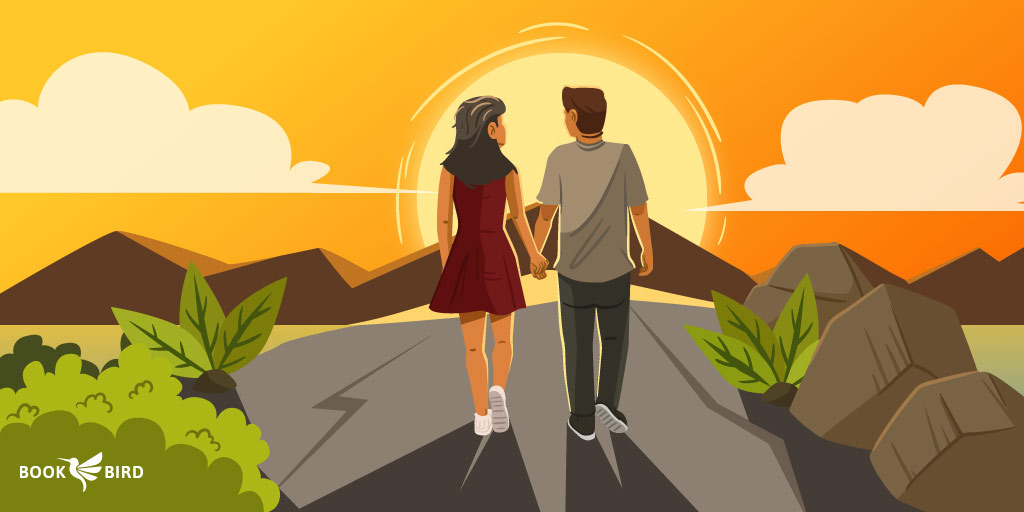
Children’s
Children’s fiction is a genre of children’s literature that focuses on stories aimed at young readers. The term was coined in the early 20th century by American librarian Lilla Cabot Perry, who published her book What Is Children’s Fiction? in 1922.
There are two main types of children’s fiction: picture books and chapter books.
Picture books tend to focus on storytelling through illustrations, whereas chapter books often feature longer narratives.
Chapter books are usually written for older kids (ages 8–12) and contain more complex storylines. They also tend to include more mature themes such as death, divorce, and bullying.
Classic examples of children’s books include Charlotte’s Web by E. B. White, Where the Wild Things Are by Maurice Sendak, and How the Grinch Stole Christmas! by Dr. Seuss.
Average word count: Children’s books are much shorter than adult books, having an average word count that ranges between 300 and 1200 words.
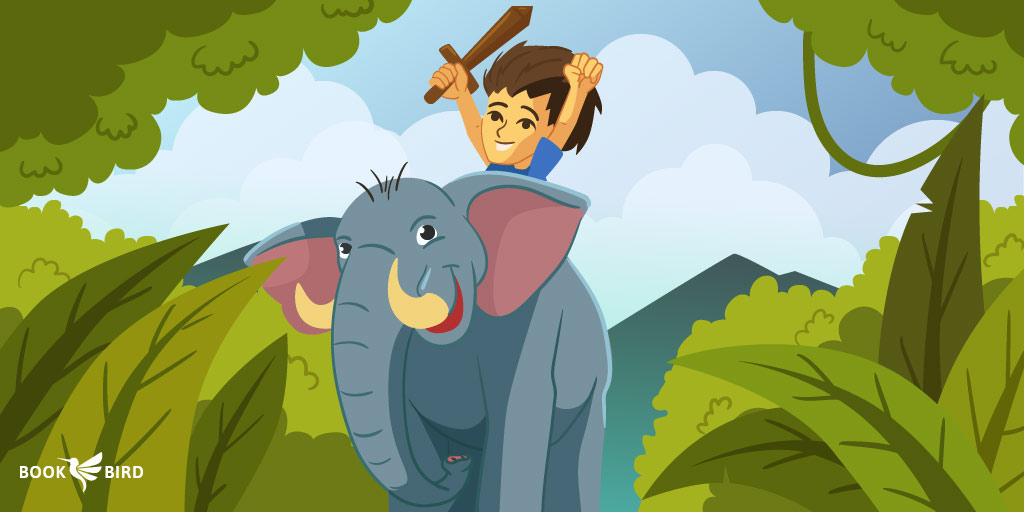
Nonfiction Genres
Nonfiction writing is a type of literary genre where the author writes from personal experience or observation. Unlike fiction, the events described are factual rather than imagined. The writer uses facts and figures to tell stories and convey information.
There are four basic types of nonfiction writing: self-help, hobbies, academic, and journalistic. Self-help books are for people who wish to improve themselves. Then, there are those aimed at people who want to enjoy their hobbies more. Academic writing focuses on research and analysis, whereas journalistic writing involves reporting events. Both forms require extensive knowledge of the subject matter.
Biographies
Biographies are often written about famous people or historical figures. The difference with autobiographies is that the author and the biography’s subject are not the same person. Biographies tell us who their subject was, where they came from, and why they became successful. Biography writing is also known as biographical essay writing.
The main purpose of a biography is to provide information about the subject. This helps readers gain insight into their personality, character, achievements, and other important details.
A Beautiful Mind by Sylvia Nasar, Alexander Hamilton by Ron Chernow, and Churchill: A Life by Martin Gilbert are some of the most famous examples of biographies.
Average word count: Typically, biographies are between 80,000 to 100,000 words long.

Memoirs & Autobiographies
Biographies are fascinating accounts of someone’s life. Autobiographies and memoirs are similar, except that they focus on the writer’s own life story.
An autobiography is defined as a book describing the author’s personal experiences. Memoirs are similar to autobiographies except that they focus on specific time periods and events in the author’s life.
There are two types of memoirs: nonfiction and fiction. Nonfiction memoirs are factual accounts of real events in the author‘s life. Fiction memoirs are fictionalized accounts of actual events in the author’s life.
Famous memoirs include The Diary of a Young Girl by Anne Frank, I Know Why the Caged Bird Sings by Maya Angelou, and Long Walk to Freedom by Nelson Mandela.
Average word count: Memoirs usually have 45,000 to 80,000 words.
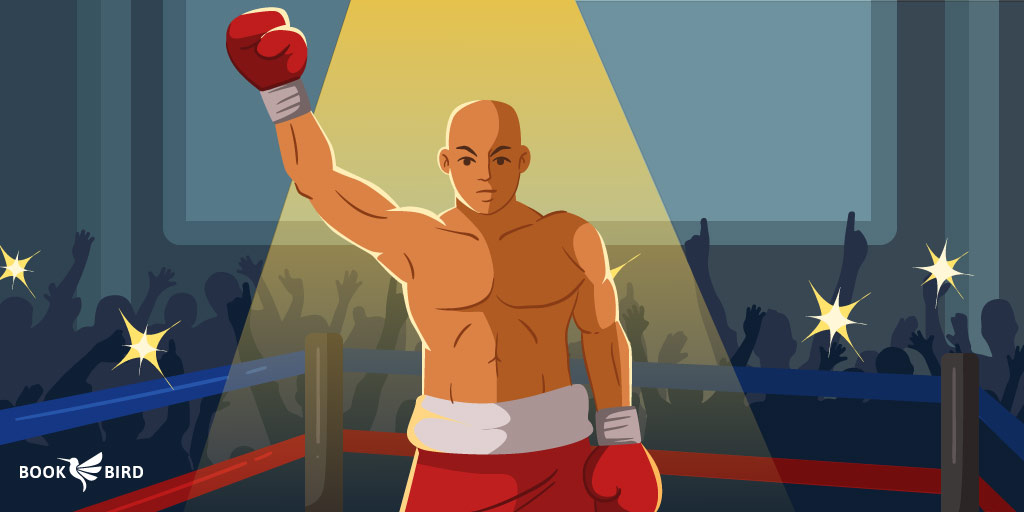
Food & Drink
Food and Drink books are a great way to get inspired or even learn something new. These books are usually written by experts who share their knowledge through recipes, tips, and other useful information. They can take the form of a recipe book or a travel log, with some merging the two into a novel format.
Many are written by TV personalities, while others are written by chefs. Some examples include Nadiya’s Everyday Baking by Nadiya Hussein, Kitchen Confidential: Adventures in the Culinary Underbelly by Anthony Bourdain, and One: Simple One-Pan Wonders by Jamie Oliver.
Average word count: It is difficult to estimate word counts in cookbooks, as most cookbooks focus on the number and categories of recipes—desserts, snacks, soups, etc.

Art & Photography
Art and Photography Books are collections of photographs or paintings that tell a story. These books are usually published by famous photographers or artists who want to share their work with the public.
These books are often great sources of inspiration as they contain beautiful images and stories that will surely inspire you. They are often used as coffee table books and conversation starters.
Popular examples include On Photography by Susan Sontag or Wonderland by Annie Leibovitz.
Average word count: Art and photography books are visual testimonies, hence they have a lower word count, ranging from 10,000 to 60,000 words.

Self-Help & Motivational
Art and Photography Books are collections of photographs or paintings that tell a story. These books are usually published by famous photographers or artists who want to share their work with the public.
These books are often great sources of inspiration as they contain beautiful images and stories that will surely inspire you. They are often used as coffee table books and conversation starters.
Well-known examples are The 4-Hour Workweek by Tim Ferriss or Atomic Habits by James Clear.
Average word count: Art and photography books are visual testimonies, hence they have a lower word count, ranging from 10,000 to 60,000 words.

History
History books are often written by historians who study historical documents such as letters, diaries, newspapers, etc. They also interview experts and survivors to get their perspectives on the subject. The information gathered helps them write accurate accounts of important events.
They commonly include information about wars, politics, economics, culture, science, religion, etc.
There are several types of history books, such as encyclopedias, chronicles, and textbooks. The main difference between these types is their focus. For example, a textbook focuses on teaching students about specific topics.
Some of the best history books also show how the past has influenced the present and what lessons we can learn and apply to our future.
Famous examples include Guns, Germs, and Steel by Jared Diamond, 1491 by Charles C. Mann, and A History of American People by Paul Johnson.
Average word count: History books have on average 30,000 to 70,000 words.
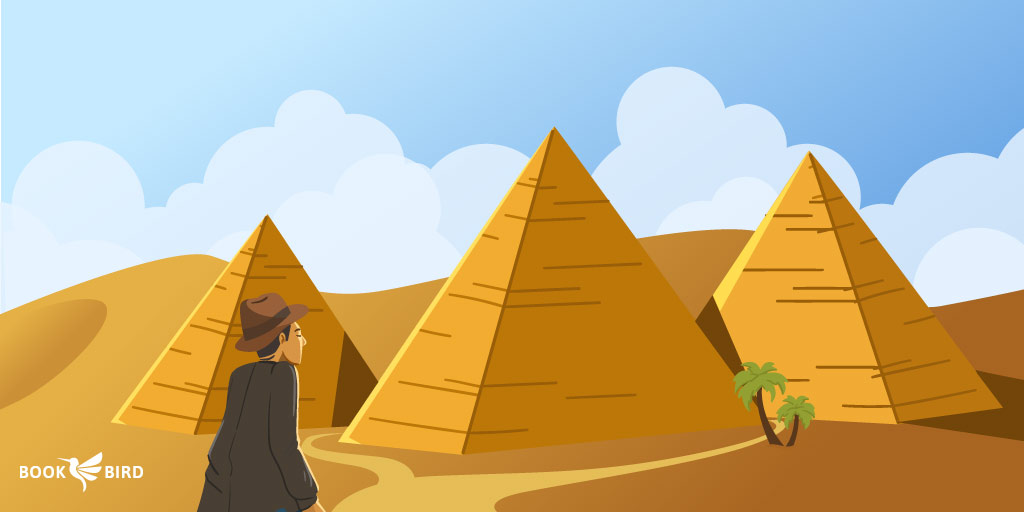
Crafts, Hobbies & Home
Crafts, Hobbies & Home books cover a wide range of topics from cooking to gardening to home improvement.
The term hobby was coined in 1833 by William Morris, who described his art activities as a hobby. In modern usage, the word has come to mean any leisure pursuit that does not involve earning a living wage. Popular hobbies include sports, writing, painting, woodworking, knitting, baking, photography, and other interests.
As the name suggests, Crafts, Hobbies, and Home books teach you how to enjoy your hobbies more by honing your skills. They are great resources for learning new skills or improving existing ones. They also provide a relaxing break from everyday life. Whether you want to learn how to cook, play guitar, or paint, these activities can help you develop valuable skills.
Some famous examples include Marie Kondo’s The Life-Changing Magic of Tidying Up, Crochet Cute Critters by Sarah Zimmerman, and Woodworking Plans and Projects by Anthony Deck.
Average word count: Most crafts and hobbies books are heavy on images that are self-explanatory. You can have crafts books with as few as 3,000 or as many as 50,000 words.

Humor & Entertainment
A humorous book is a story written in such a way that readers can easily identify with the characters and situations. Humorous stories often feature exaggerated events, unusual settings, and unexpected twists. They are a great way to relax after a long day at work or school. They also provide a good laugh every now and then.
Humor books often focus on everyday life. The main character is someone who has problems dealing with their daily life. These stories are meant to entertain and amuse the reader.
Popular examples include The Hitchhiker’s Guide to the Galaxy by Douglas Adams, Crazy Rich Asians by Kevin Kwan, and Me Talk Pretty One Day by David Sedaris.
Average word count: Humor books can be quite succinct, ranging from 10,000 words to 50,000 words.
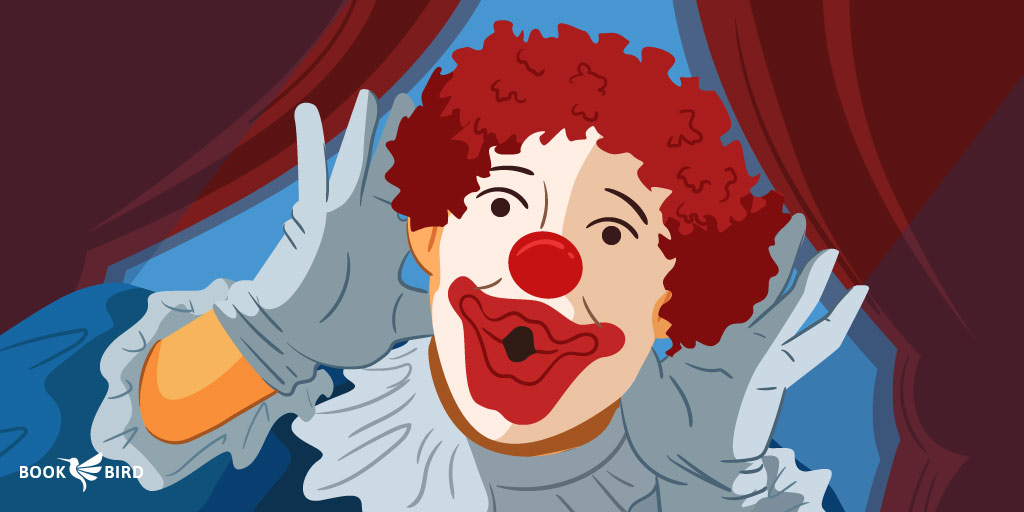
Business & Money
Business and Money Books are very important for every entrepreneur who wants to start their own company or become successful in their current job. These books contain information about various topics such as finance, marketing, management, etc.
Business and Money Books are typically written by experts who have years of experience in their field. They provide valuable insights into the subject matter they cover. The authors share their knowledge through writing and teaching.
Popular examples include Think and Grow Rich by Napolean Hill, Rich Dad, Poor Dad by Robert Kiyosaki, and The E-Myth by Michael Gerber.

Law & Criminology
Are you interested in learning more about criminal justice or law enforcement? If yes, then you should read some law and criminology textbooks. These books cover topics such as crime prevention, police procedures, and legal issues.
Law and criminology is a field of study that focuses on the relationship between law and society. Criminologists study crimes committed by individuals and groups, whereas lawyers focus on the laws that govern these behaviors. Law and criminology also involve studying the causes of crime and devising ways to prevent them from happening.
Both law and criminology deal with the same subject matter but differ in their approaches. The main difference lies in the way each discipline deals with the problem at hand. For example, criminologists look into the reasons behind why certain crimes occur, whereas lawyers examine the legality of those actions.
Criminal Law by Joel Samaha, The Crime Book by DK and Peter James, and Inside the Criminal Mind by Stanton E. Samenow are some popular examples.
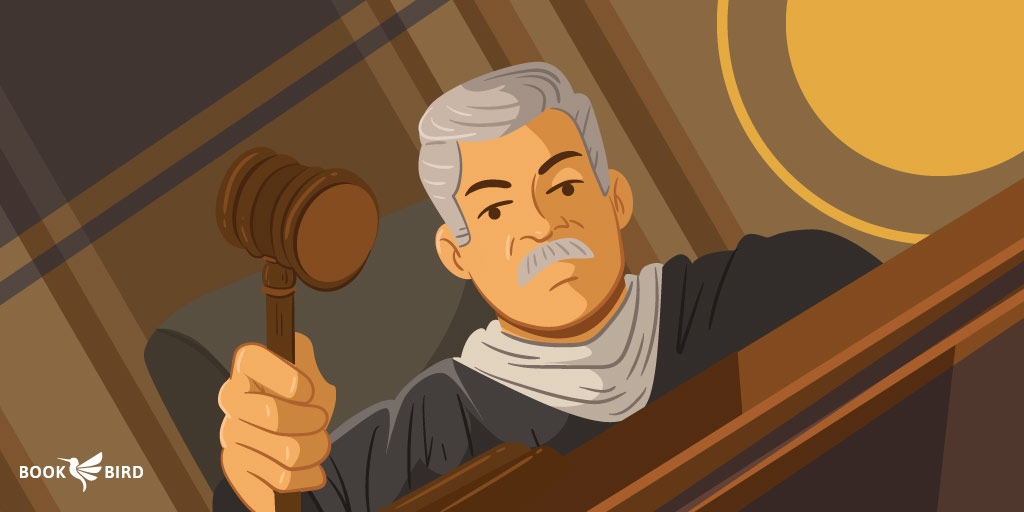
Politics & Social Sciences
Political Science and Sociology are both academic disciplines that study human behavior and society. These fields also include the study of government, politics, and other aspects of life. As such, Politics & Social Sciences books cover topics such as economics, history, law, psychology, philosophy, anthropology, etc.
The main difference between Political Science and Sociology is that Social Sciences focus on individuals, whereas Politics focuses on groups.
The Social Contract by Jean-Jacques Rousseau, Prisoners of Geography by Tim Marshall, and Diplomacy by Henry Kissinger are some examples of Politics & Social Sciences books that changed the way we think.
Average word count: As most academic books, politics and social sciences works have on average 80,000-90,000 words.
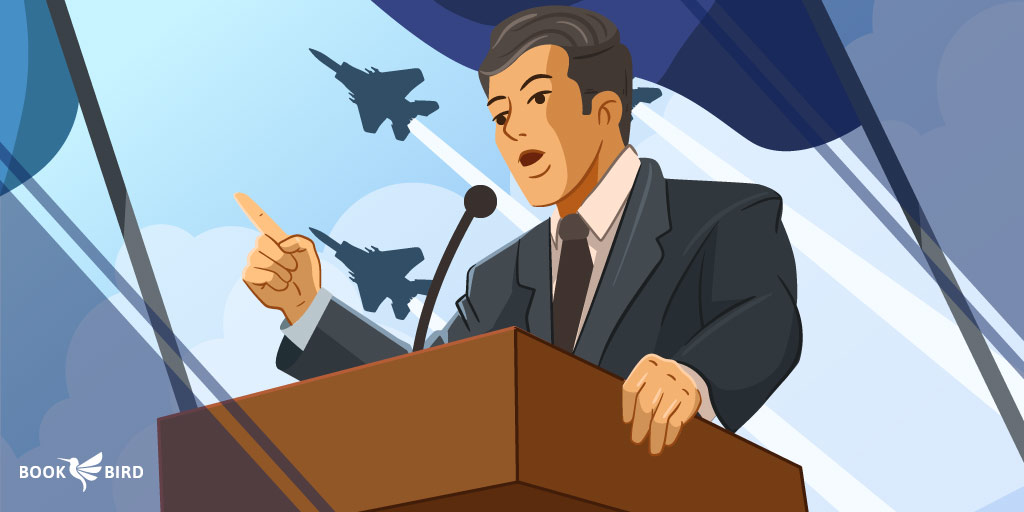
Religion & Spirituality
Religion and spirituality books are written by authors who want to share their personal experiences and insights. These books cover topics and spiritual practices such as meditation, yoga, prayer, and mindfulness.
Religion and spirituality books cover topics such as Buddhism, Christianity, Islam, Hinduism, Judaism, and other religions.
Many people believe these books are only relevant to those who practice their faith. In reality, however, they offer insights into human nature and psychology that apply across cultures and religions. For example, they provide a way to explore our inner selves and connect with other people. In addition, they give us a chance to reflect on life and discover new ways to live.
Some popular examples include The Bible, Jonathan Livingston Seagull by Richard Bach, and The Prophet by Kahlil Gibran.
Average word count: Most religion and spirituality works have between 50,000 and 70,000 words.

Education & Teaching
Teaching is a profession that requires patience, passion, and knowledge. Teaching books are essential tools for teachers who want to improve their skills and become better educators. They also offer practical solutions to problems faced by educators.
The First Days of School by Harry Wong and Rosemary T. Wong, Battle for the American Mind: Uprooting a Century of Miseducation by David Goodwin and Pete Hegseth, and Teach Like Your Hair’s on Fire by Rafe Esquith are some popular examples.

Travel
Travel books are great resources for anyone who wants to explore new places or get inspiration from other cultures. They also provide useful information about local customs and etiquette.
Travel books come in various formats such as guidebooks, coffee table books, and even children’s picture books. The latter category has become very popular over the last decade.
A good travel book often includes detailed maps, historical facts, cultural insights, and practical information about where to stay, eat, shop, and play.
While the genre has a long and distinguished presence—see, for example, Mark Twain’s The Innocents Abroad—it is publishers such as Lonely Planet and the Rough Guide that have popularized the genre by publishing hundreds of travel books.
Average word count: Travel books rely on images to make us dream, so word counts range from 20,000 to 50,000 words.

True Crime
True Crime Books focus on real events and are often written by authors who have had personal experiences with crimes or criminals. Some of them even go into detail about the criminal’s background and life before they committed their crimes.
The stories are told from the perspective of the victim, perpetrator, or both. These books are often controversial because they contain graphic details of violent crimes.
There are several types of true crime books. For example, some are biographies of serial killers, while others are memoirs of victims. There are also true crime anthologies, such as true crime podcasts, and true crime blogs.
Famous examples include Scoundrel by Sarah Weinman, Columbine by Dave Cullen, and Party Monster by James St. James.
Average word count: On average, true crime works are 80,000-90,000 words long.
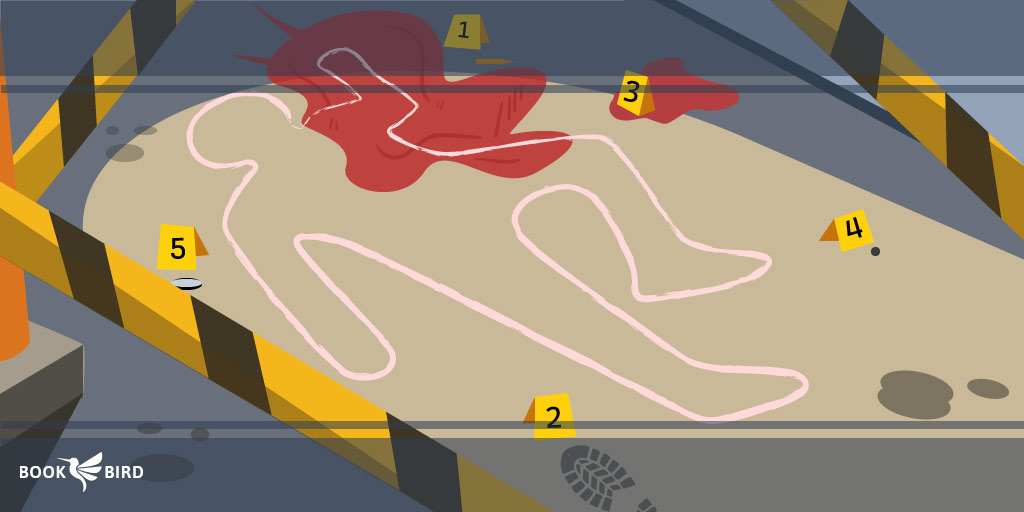
Poetry
The first Greek laws were written by Solon in 594 BC. They were in the form of poetry to make them more memorable, thus ensuring compliance.
This highlights the power of poetry and poems. A poem is a short piece of writing that uses language to convey ideas or emotions. The word comes from the Greek poiesis (ποίησις) meaning creation. In English, a poem is defined as a composition consisting of lines (or stanzas) of verse.
Poetry books are collections of poems written by famous poets. They are usually published in book form and contain both prose and verse. Poems are often considered to be some of the greatest literary creations ever created.
There are various types of poetry books, such as anthologies, compilations, and collections. Anthologies are collections of individual poems that are grouped together according to the theme, style, or subject matter. Compilations are collections of poems that are selected because they share similar characteristics. Collections are simply groups of poems that are chosen because they represent a particular time period or place.
If you are interested in poetry, you may enjoy The Complete Poems of Emily Dickinson, as well as the poems of John Keats and C.P. Cavafy.
Average page count: Poetry books are usually between 70 and 100 pages long.
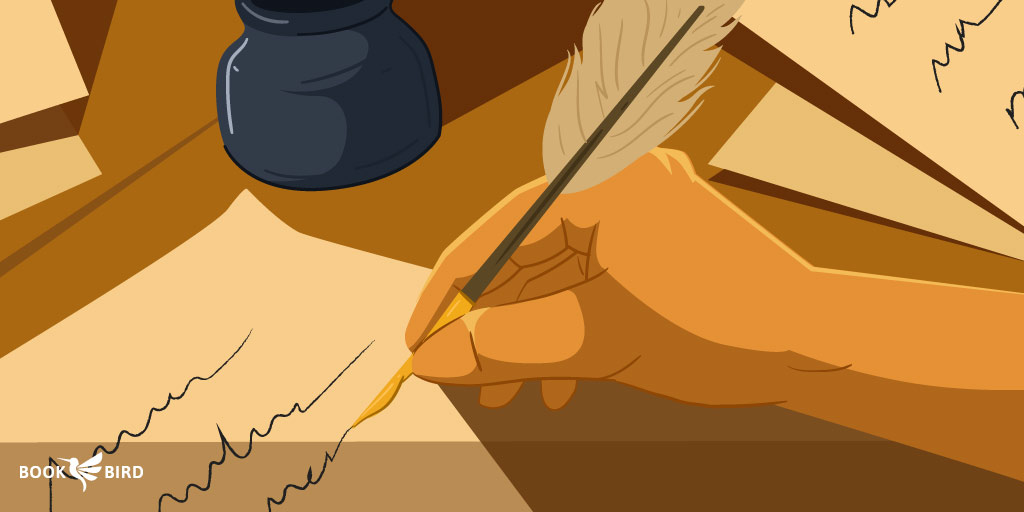
Why Genres Matter
For both authors and readers, genres matter, as they let us choose the works we enjoy more. At the same time, it can be fun to mix things up every now and then.
Hopefully, the above list will help you with this by inspiring you to try your hand at something new. You can even create your own unique subgenre that consists of the best elements of your favorite genres. The possibilities are as endless as your imagination!
Literary Genre Quiz (Hard)
